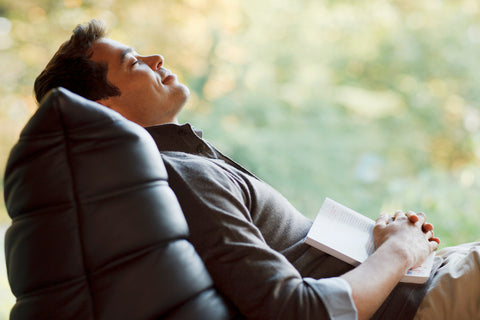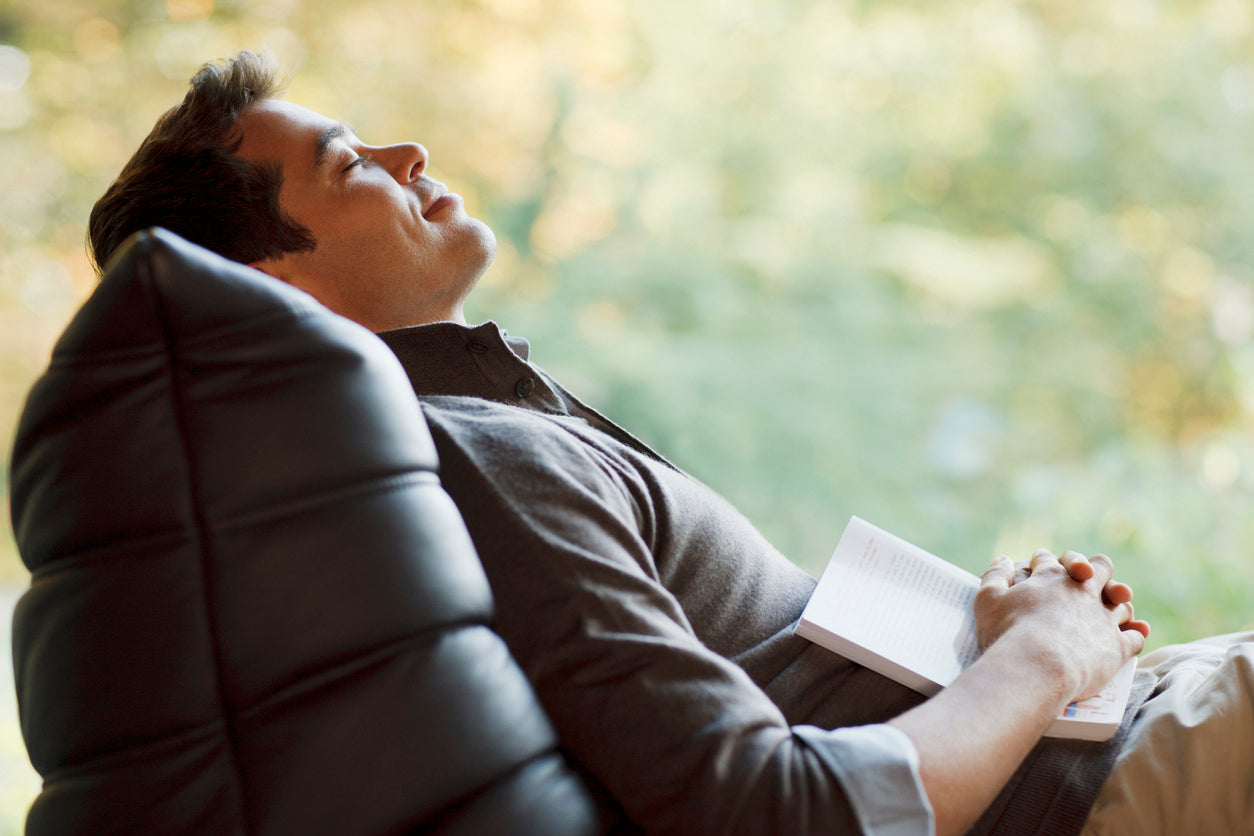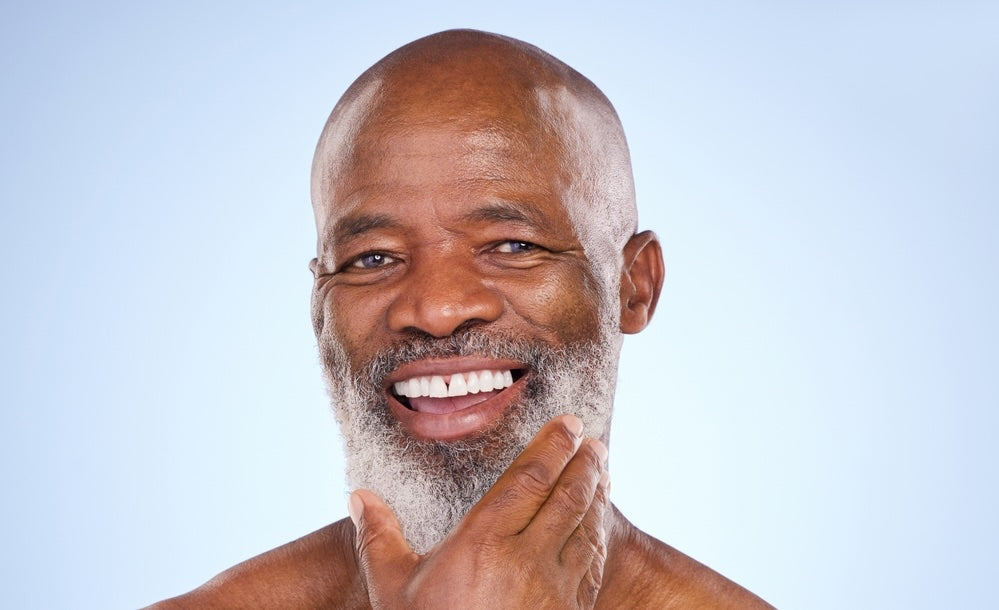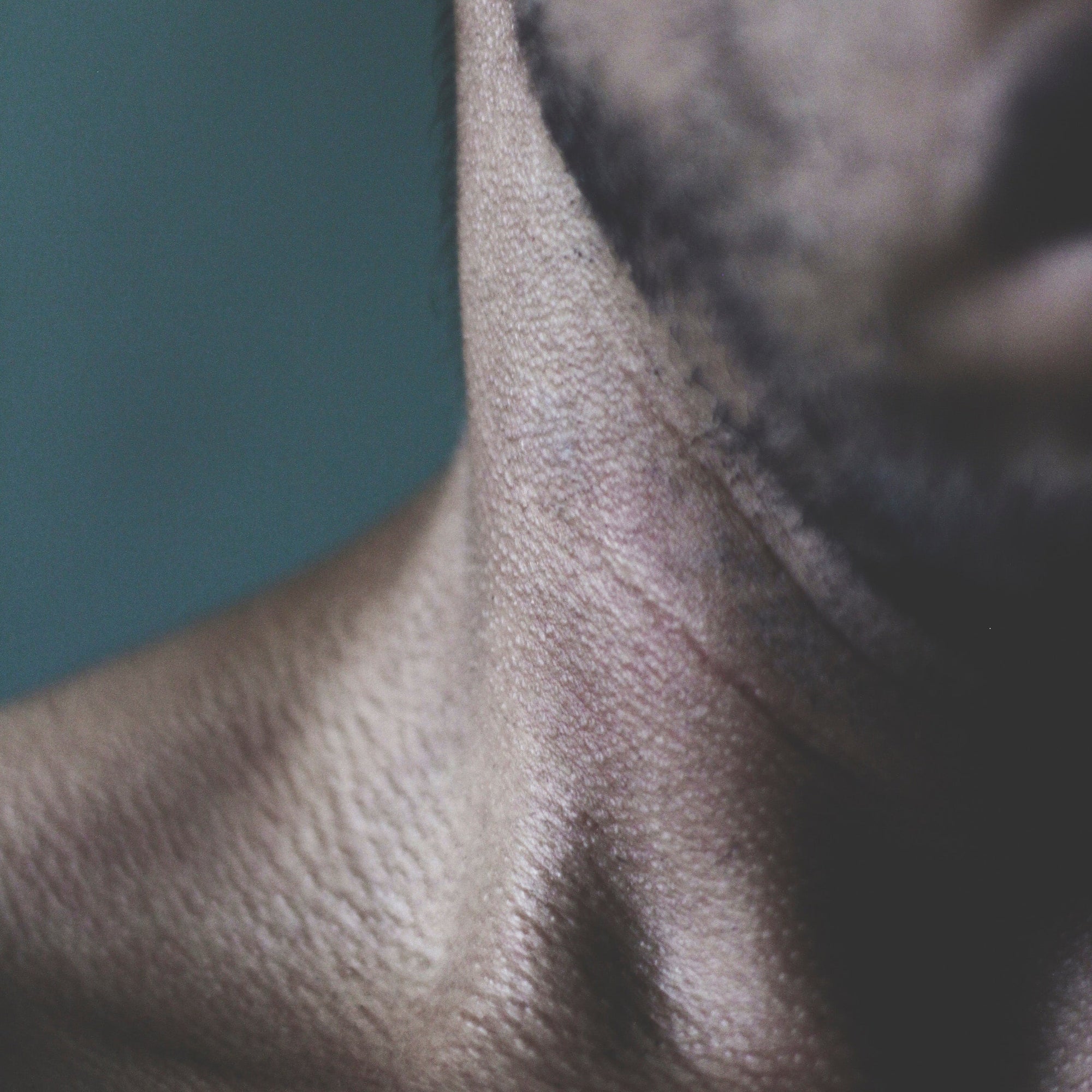Power naps are the secret weapon of high achievers.
From Churchill and JFK to Salvador Dali some of the most dynamic and creative people in history have prioritized an afternoon power nap.
Scientifically proven to boost your mental and physical health, let’s take a look at all the benefits… and the best way to do it.
"Learn how to take a 20-minute power nap without embarrassment."
Kevin Kelly,
in 'Excellent Advice For Living'

“It’s mostly napping” said filmmaker Ethan Coen, of his and his brother Joel’s creative process.
As well as boosting alertness and decreasing fatigue, a regular afternoon power nap does wonders for your creativity.
Some people function better first thing in the morning, while others are night owls, but few people are at their most creative in the early afternoon. Making it the perfect time to take a nap and revitalize.
Benefits of a power nap
It’s like the body is designed to need a recharge 8 hours after we wake up.
And a good power nap:
01 | Heightens creativity
Salvador Dali was right – a short nap is a great way to generate ideas and solve creative problems.
The reason for this?
Napping elevates activity in the brain’s right hemisphere which governs creativity and insight.
02 | Reduces stress
Taking regular naps not only makes you feel calmer in the moment it also reduces mental stress over the long term. So you become more resilient in the face of future challenges.
03 | Improves your memory
A good nap right after learning something new appears to help us retain that information.
Sleep is critical to your brain’s ability to process memory. And one study found that a 60-minute nap can be as useful as a full night’s sleep when it comes to improving recall.
04 | Boosts performance and gives quicker reaction time
Elite athletes have always known the critical role sleep plays in physical performance.
But naps can be a powerful tool for athletes at any level – improving motor skills, speed, strength and reaction time, as well as accuracy.
05 | Increases alertness
A short afternoon nap has the power to improve your focus and your ability to concentrate.
06 | Decreases fatigue
As long as you time it right, a short nap will boost energy and alertness – and cut through tiredness.
07 | Helps you live longer
Studies have shown that daytime naps, or “siestas”, reduce the risks of heart disease. And are very important for living a long and healthy life.
When you look at those regions in the world where people live the longest – the Blue Zones – you can see they make sure to get enough rest – and often take afternoon “siestas”.
08 | Helps you stay calm and increases your self-control
Studies show that naps improve ‘emotional regulation’. That means that after an afternoon nap you’re calmer, less impulsive and better able to deal with any frustrations.
09 | Boosts immunity
Research has shown that napping improves your immune system and cellular function. It helps reduce levels of inflammatory cytokines and norepinephrine, a chemical that helps control immunity.
10 | Makes you look younger
When you’re well-rested, you look healthier, you feel happier and you smile a lot more.
And your skin looks smoother too.
While you nap there’s a release of growth hormone which stimulates collagen production. And more collagen means your skin is firmer, smoother and less likely to develop fine lines and wrinkles.
And as you sleep your body increases blood flow to the skin too. Transporting essential nutrients to skin cells and giving you a healthy glowing complexion when you wake up.
So taking a regular nap means:
- Fewer wrinkles
- Smoother skin
- A healthy glow
- Even skin tone
- Reduced under eye bags
On the other hand, a lack of sleep leaves you:
- Looking tired
- Less healthy
- With dull skin
- And, not surprisingly, looking less attractive.
So napping may be the easiest way to good mental and physical health - and beautiful skin too.
You can read more here:
- "Hey Athletes: Here’s the Best Sleep Hacks for Peak Athletic Performance"
- "The Art of Taking a Proactive Nap"
- "Beauty Sleep: 14 ways to sleep better"
Any down sides to napping?
Napping isn't for everyone.
And some people simply can’t nap – either because of work commitments or because they aren’t able to actually fall asleep during the day.
Napping can also have negative effects for some - such as:
- Waking up feeling groggy
- Not being able to sleep at night.
Generally short daytime naps shouldn’t affect nighttime sleep quality, but if you already suffer from insomnia it could make that worse.

How to power nap
Not all naps are created equal.
Here’s how to get the most out of your nap:
When’s the best time to nap?
Take naps in the early afternoon.
The best time is between 1pm and 3pm when you’re most likely experiencing a natural dip in energy.
Any later than that and you could interfere with your nighttime sleep.
How long should I nap for?
The ‘sweet spot’ for a power nap is 20 minutes.
This allows for maximum recharging by going from stage 1 sleep (when you’re just drifting off) to stage 2 (when brain activity starts to slow down).
But if you have the luxury of time for a longer nap …
Then aim for 90 minutes.
This is long enough to complete a full sleep cycle - from the lightest stage through the deepest stage and back again - so you’ll wake feeling refreshed.
Where’s the best place for a nap?
To get the most out of your nap it’s important to set the stage, and create a restful environment to nap in.
Ideally this should be quiet, dark and cool, with few distractions.
But, at a pinch, a hammock in the shade will do!
What is a caffeine nap?
“Me, I like a ‘caffeine nap’,” says author Austin Kreon.
“Drink a cup of coffee, lie down for 20 minutes, and get back to work when the caffeine has kicked in.”
Scientists believe that sleep may enhance the effects of coffee by increasing the availability of receptors for caffeine in your brain.
That’s why a caffeine nap increases energy levels more than just drinking coffee or napping would on their own.
The Takeaway
It’s like the body is designed to need a recharge 8 hours after we wake up.
Scientifically proven to boost your mental and physical health, we take a look at the benefits of an afternoon power nap…
- Heightens creativity
- Reduces stress
- Improves your memory
- Boosts performance and gives quicker reaction time
- Increases alertness
- Decreases fatigue
- Helps you live longer
- Helps you stay calm and increases your self-control
- Boosts immunity
and
- You look better
When you’re well-rested, you look healthier, you feel happier and you smile a lot more.
And taking a regular nap leads to:
- Fewer wrinkles
- Smoother skin
- A healthy glow
- Even skin tone
- Reduced under eye bags
Napping may be the easiest way to good mental and physical health, and beautiful skin too.
If you want to double down on those benefits check out our High-Performance Skincare.
Three exceptional skincare products – specifically designed for men.

SHOP NOW.
All you need to stay looking handsome.
PRESTIGE SKINCARE FOR MEN.
MADE IN FRANCE.



